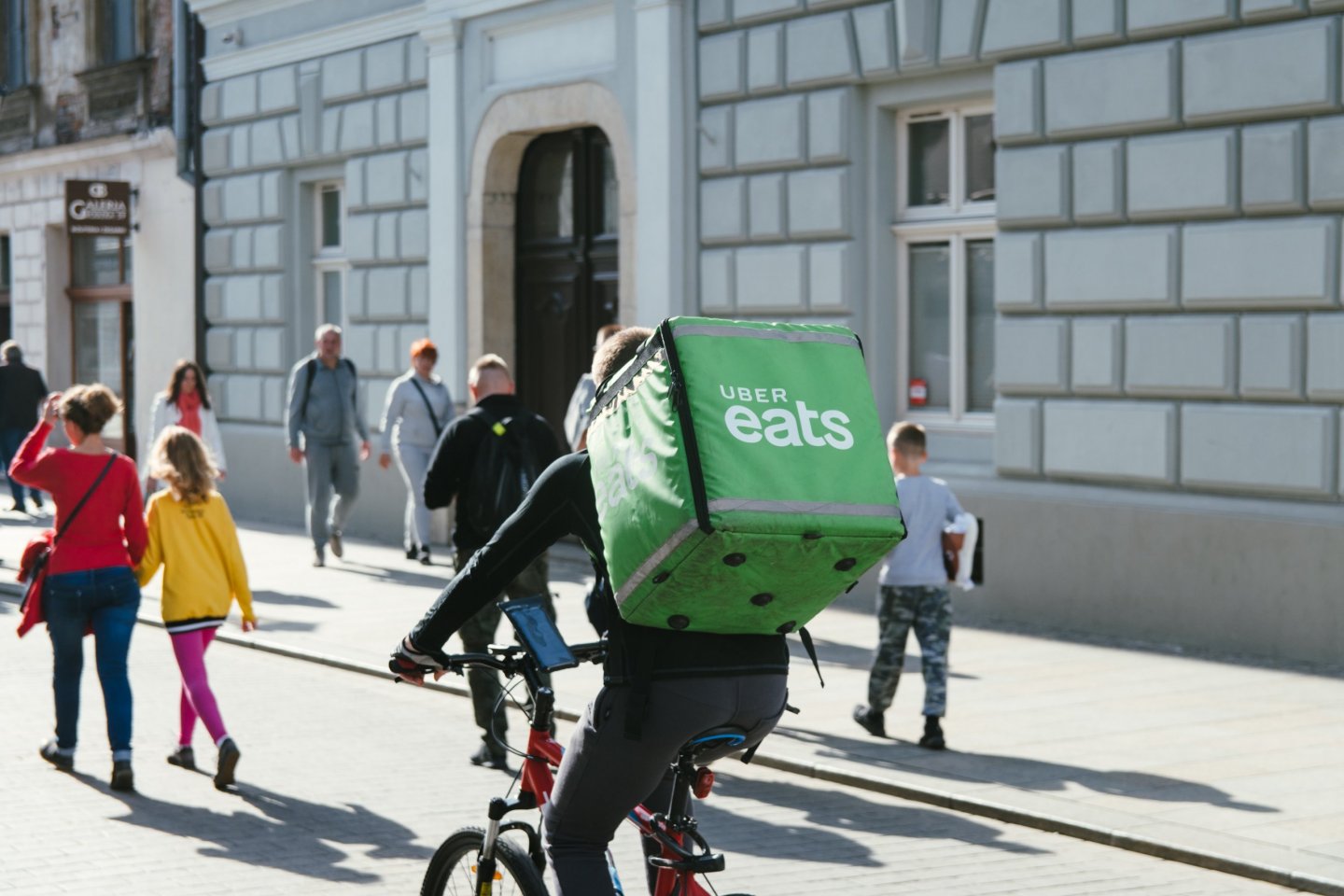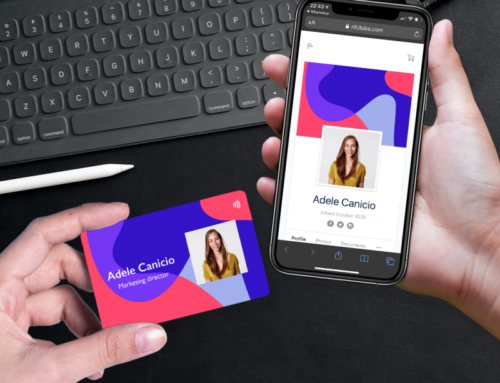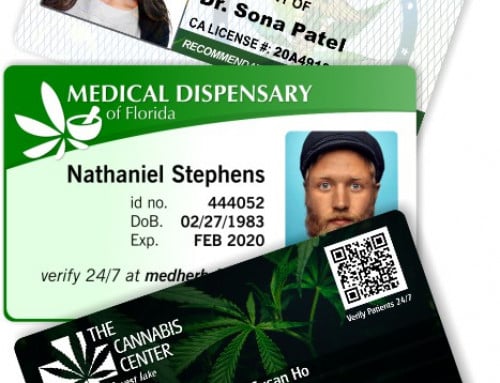 During the current pandemic, major cities are seeing a rise in a new kind of crime: “delivery impersonation”. As more and more people order meals and daily provisions online, there is a rise of all kinds of delivery services to bring those goods to peoples’ homes. And criminals have now discovered that they become an easy mark for entering the homes of unsuspecting clients.
During the current pandemic, major cities are seeing a rise in a new kind of crime: “delivery impersonation”. As more and more people order meals and daily provisions online, there is a rise of all kinds of delivery services to bring those goods to peoples’ homes. And criminals have now discovered that they become an easy mark for entering the homes of unsuspecting clients.
It is not hard to identify many of these delivery services, such as Uber Eats in the U.S. or Rappi in Latin America, because their employees often carry signage identifying the service they are working for, whether in a car or on a motorcycle.
The procedure is now fairly well known, and unfortunately being reported in many cities on a rising basis. A bad actor waits at an intersection leading to a well-to-do part of town, generally after sunset. When he sees a delivery person arriving with, for example, groceries or a meal, he threatens the delivery person at gun-point or with a knife. He then takes the vehicle and continues on with the delivery. Of course, the address is visible on the paperwork which the client must sign. He presents himself at the door, which the unsuspecting client opens without hesitation, because the delivery is expected. The criminal is then free to enter the home and do whatever bad deeds he decides to carry out.
This scenario is currently becoming more common in countries where the services involve paperwork. Of course, one method of limiting this is to make the entire transaction visible only on a mobile phone, although the criminal can of course force the delivery agent to show him the destination address on his phone. That is why this type of crime is currently being reported in Latin America and Asia, which are still in the process of transitioning to entirely paperless procedures.
How can this sort of crime be prevented? There are several methods using mobile apps to minimize imposters. One good way is for the service to send in advance a photo of the delivery person who should be expected. The client should be averted to check the identity before opening the door. Another way is to send a secret code which only the authentic driver would know. These methods can reduce the impact, however they do entail substantial expense in development and implementation.
Another method is to use unfalsifiable photo ID cards. Each driver is issued a photo ID card which prominently displays his/her photo, and is protected by security measures such as a holographic overlay. Even if the bad actor takes the card, the facial images would not match. The client receiving the delivery should be instructed to call the delivery service if the driver does not resemble the photo on the card. As users of these services become more aware of this type of fraud, they will become more vigilant and check identifies more carefully.
Identification badges are a low-cost method for home delivery companies to provide an enhanced layer of security for their customers. Photo ID cards are a well-known tool for quick verification of a person’s authenticity. Using on-line services, professional badges can be typically ordered on-demand for under $10.00. Most employees already submit a digital photo of themselves upon employment, which should be usable by an online service to order the ID card.
It is unfortunate that each time there is a new advance in added value services, such as home delivery, some elements of our society seek to take advantage of the service to gain personal benefit, at the expense of well-meaning clients. However, through diligently applying some of the recommendations above, most of these attempts can be thwarted.
Learn more about ID Cards for transportation and delivery →



